
Cannabis and You
State certified cannabis is regulated and tested. Learn how to consume safely and responsibly.
Find cannabis retailers throughout the state.
Find a Retailer
Responsible Use
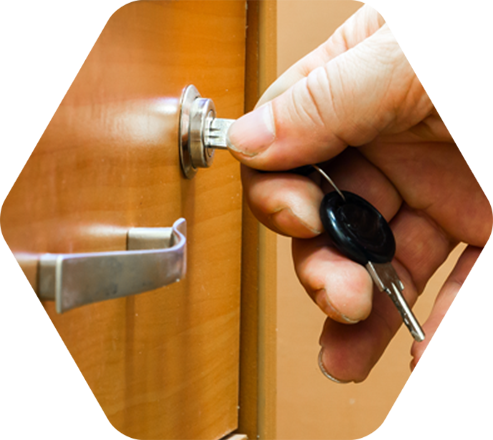
Safe Storage
If you have more than one ounce of marijuana in your home, it needs to be locked up. But it is best to keep any amount in a closed, locked container out of reach and out of sight of children and pets.
The way you store cannabis should change as children get older. Safe storage around young children may not stop a curious teenager who might want to try it. Take additional precautions as your kids grow older.
Eating or drinking cannabis can make children and pets sick. If your kids or pets accidentally consume marijuana they may have problems walking or sitting up, feel sleepy, and even have difficulty breathing. If your child or pet ingests marijuana and/or the reaction seems serious, call the numbers below.
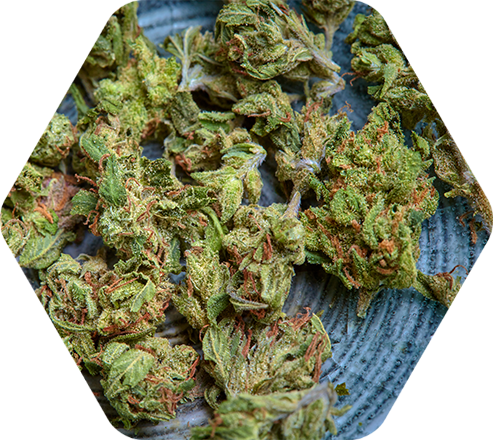
What is Cannabis?
Marijuana contains a mind-altering ingredient called tetrahydrocannabinol (THC) which can have powerful effects. There are different ways to use cannabis, and each one can affect you differently. No matter which method you use, take it slow and start with a small amount. Keep in mind that becoming impaired or “high” can affect your judgment and make it hard to do everyday activities safely.

Secondhand Smoke
Secondhand cannabis smoke has many of the same toxic compounds found in tobacco smoke. These chemicals, including tetrahydrocannabinol (THC), could affect anyone who breathes it in, including pregnant women, babies, and children. While research on secondhand cannabis smoke is still developing, breathing in smoke of any kind is not healthy.
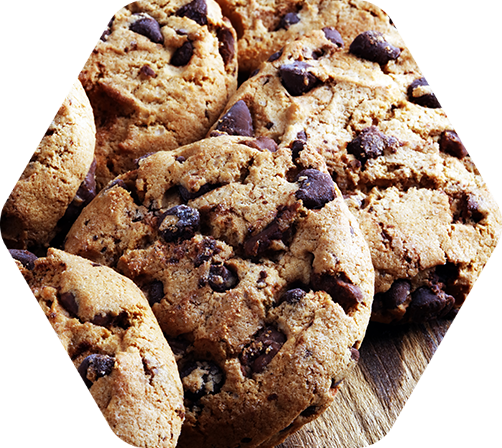
Edibles
Edibles include products such as cookies, brownies, candies, and beverages that contain cannabis. It may take roughly one to four hours to feel the effects of an edible after consuming it, and those effects may last longer than expected. How they impact you depends on your metabolism, the amount you eat, and medications or alcohol used at the same time. The amount of cannabis in edibles also can differ product to product — for example, one cookie or brownie may contain multiple servings, so be sure to check the packaging for dosage information before consuming.
Compared to smoking or vaporizing, eating or drinking cannabis products have delayed effects. As a rule of thumb, start low, go slow, and make sure you wait until you feel the full effects of the product before you have more.
Since marijuana-infused edibles look like regular food, it is especially important to keep them stored safely, locked and away from children and pets. If your child or pet ingests cannabis and/or the reaction seems serious, call the numbers below.
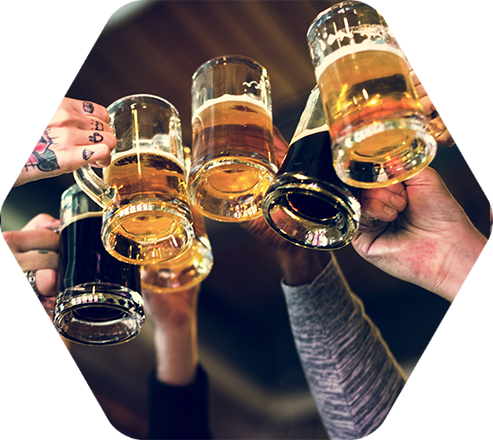
Mixing Marijuana and Alcohol
Using alcohol and marijuana together results in greater impairment than either substance alone. While more research is needed, combining substances is associated with greater risks. When alcohol and cannabis are used together, it enhances the effects of both drugs, and can lead to harmful health consequences. Alcohol may also increase the length of time tetrahydrocannabinol (THC) stays in the body.

Driving While High
Driving when you are impaired or “high” is dangerous and illegal, and you could be charged with Operating Under the Influence (OUI). Cannabis may affect your ability to drive safely by slowing your reaction time, impacting your decision-making, and reducing your ability to attend to more than one thing at a time. The effects can last different lengths of time for different people; your tolerance, metabolism, and the type of product you consume all make a difference.
Just like alcohol, there are open container laws for marijuana. You cannot have an open container of cannabis in the passenger area of your car or anywhere the public has access. For more information, see Know the Laws.
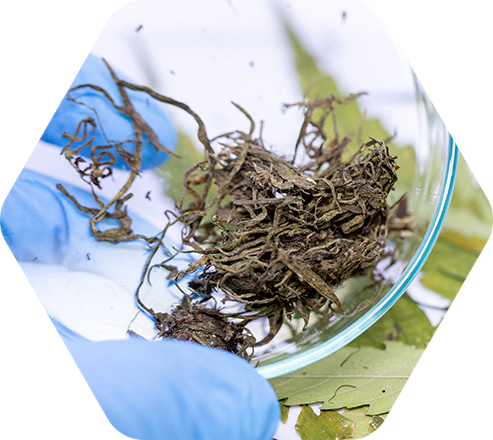
Synthetic Cannabinoids
Synthetic cannabinoids are artificially produced products that mimic tetrahydrocannabinol (THC) and other cannabinoids when consumed. Although some pharmaceutical-grade synthetic cannabinoids, such as Marinol, are approved by the U.S. Food and Drug Administration (FDA) for certain medical conditions, unregulated synthetic cannabinoids can be very dangerous.
Unregulated synthetic cannabinoids can consist of many different chemical combinations. They are often referred to as Spice, K2, or – misleadingly – synthetic marijuana or “fake weed.” However they should not be considered cannabis. There have been cases of severe injury and death linked to unregulated synthetic cannabinoids use.
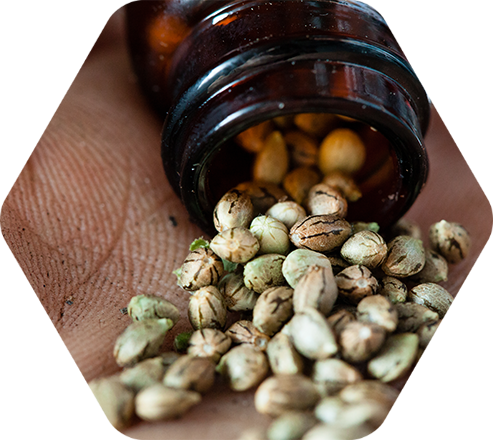
Home Growing
Residents who are ages 21 and older may grow cannabis in their homes – up to six plants for single households, and up to 12 plants when two or more adults live together. The plants must be grown in an area equipped with a lock or security device and cannot be visible from a public place without the use of an optical aid (such as binoculars).
As a home grower, it is important to follow the law to avoid steep penalties. Those could include paying a fine of up to $300, forfeiting marijuana, and/or completing a mandatory drug awareness program if you are growing cannabis while underage.
For more information on policies around home growing, check out the Cannabis Control Commission’s Guidance on Home Cultivation for Adult Use.
Understanding Labels
Massachusetts Requirements
Massachusetts regulations require that all marijuana and marijuana products sold at licensed Marijuana Establishments to have labels. The labeling requirements are outlined in detail in 935 CMR 500.105(5) and 935 CMR 501.105(5). For more information on how to read a Massachusetts marijuana product label, please review this Understanding Labels flyer and video.
All labels on regulated marijuana and/or marijuana products must contain the license number and contact information for the licensee that produced the product. All labels must have a warning related to associated health risks, risks associated with use while pregnant or breastfeeding, as well as a warning not to drive or operate machinery under the influence. Labels on regulated products must also include a batch number, serial number, or bar code to further identify the product, as well as the date of testing and test results. Please note: Test results are only valid for one year.
Flower products (raw pre-rolls and buds) purchased at a Marijuana Retailer or dispensing Medical Marijuana Treatment Center, are also required to have additional labeling denoting the licensee that sold the product, as well as contact information for the licensee.
Labels related to edibles, concentrates/extracts, tinctures and topicals must include an ingredient list, extraction method, and have information related to serving size, if applicable, as well as directions for use. These labels should notify the Consumer or Patient if the product was produced in a facility containing common allergens such as milk, eggs, fish, crustacean shellfish, tree nuts, wheat, peanuts, and soybeans, or such other allergen identified by the U.S. Food and Drug Administration (FDA). A list of ingredients including but not limited to the full cannabinoid profile of the Marijuana contained within the Marijuana Product should be expressed in absolute terms. For example, for adult-use edibles, there is a limit of no more than 5.50 mg of delta-9-tetrahydrocannabinol (D-9-THC) per serving. There is no serving size limit for medical edibles.
For vaporizer products, labels are required to list information related to the use of additives and the source of any used terpenes. All products tested in Independent Testing Laboratories (ITLs) generate a Certificate of Analysis (COA) which identifies the test results of the product. A copy of the COA for any applicable thickening agent, thinning agent, or terpene infused into a Marijuana Vaporizer Device during production shall be available to Consumers or Patients upon request at the time of sale. Consumers can request COAs for the products made available for sale.
State Symbols
In Massachusetts, all legal marijuana products have two symbols on packaging – a red triangle with a cannabis leaf indicating that the product contains tetrahydrocannabinol (THC), the mind-altering ingredient in cannabis, and a red octagon that indicates the product is harmful to children.

Deciphering THC and CBD Percentages
Cannabis contains over 100 active chemical agents called cannabinoids. The most widely known are tetrahydrocannabinol (THC) and cannabidiol (CBD). THC is the main psychoactive component of cannabis and accounts for most of the cognitive effects and potential for misuse. CBD is a non-psychoactive cannabinoid that plays a role in the medicinal properties of cannabis. CBD can also affect the impact of THC.
All cannabis products are required to include the cannabinoid profile (i.e. the THC and CBD make-up) of each product. Generally, products with a higher THC ratio will have greater psychoactive effects. When taken in high doses, potent products may cause hallucinations, delusions, and even psychosis.
For more information on the most widely known and studied cannabinoids found listed on product labels by percentage and the basic differences of effects, please review this Understanding Cannabinoids flyer.

Safety Tip
If marijuana becomes a problem, seek treatment.
Visit the Massachusetts Substance Abuse Helpline or call 800-327-5050. The Helpline is the only statewide, public resource for finding substance use treatment and recovery services. Helpline services are free and confidential. Caring, trained Specialists will help you understand the treatment system and your options.
Keep cannabis products locked away, and out of reach of children and pets.
Remember: Getting high could impair your decision-making.
Check in with your doctor if you are using marijuana and are pregnant or planning to become pregnant.
Driving with cannabis in your vehicle? Always keep it in a closed container locked in your glove box or trunk.
Start low and go slow with edibles! They can take one to four hours to take effect.
Always get a ride when using cannabis. Never get behind the wheel.
Only adults 21 or older can purchase, consume, or grow adult-use cannabis.
Home Manufacturing

